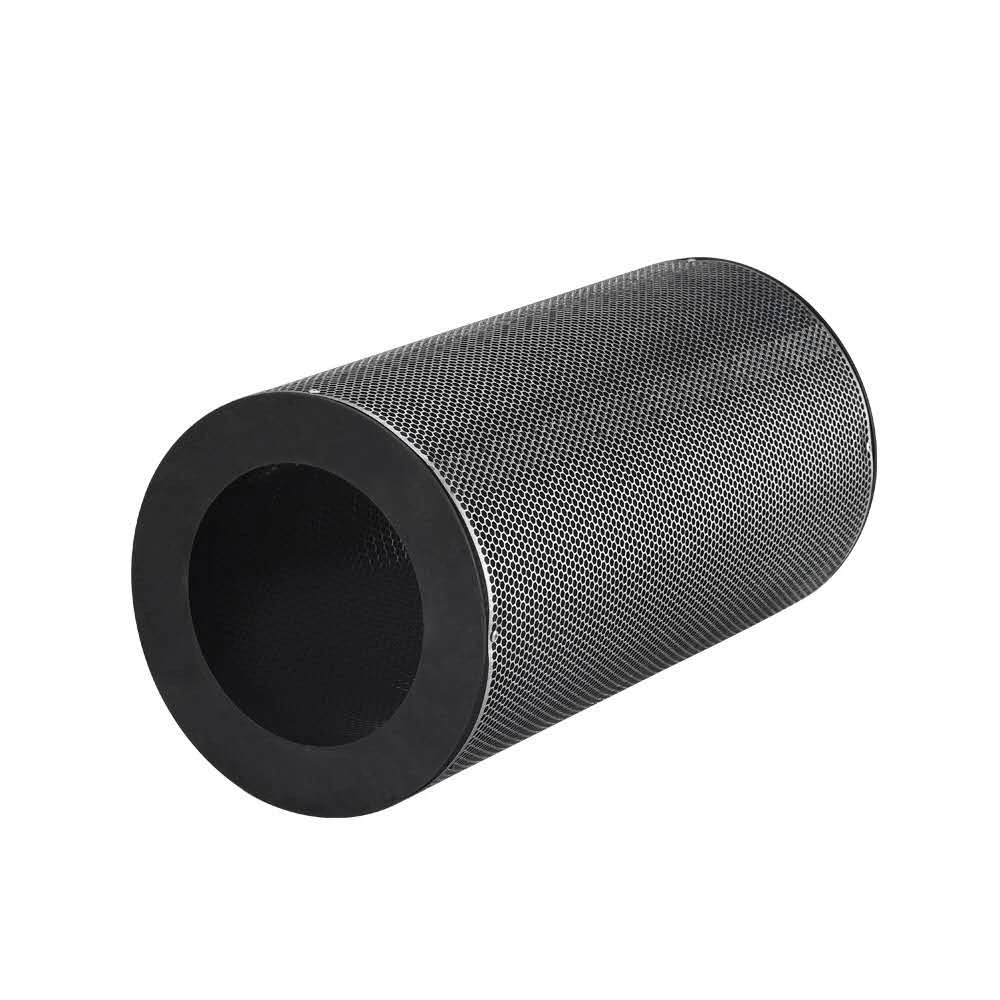Nov . 10, 2024 02:08 Back to list
Exploring the Unique Properties and Applications of Low Iron Glass in Modern Design
Exploring Low Iron Glass Properties, Applications, and Benefits
In the realm of material science, glass has long been celebrated for its versatility and aesthetic qualities. Among the various types of glass, low iron glass stands out due to its exceptional clarity and purity. This specialized glass is engineered to reduce the iron content, which in turn minimizes the greenish tint often associated with standard glass. Consequently, low iron glass has emerged as an important material in various industries, particularly in architecture, automotive design, and solar applications. This article delves into the properties, applications, and benefits of low iron glass.
Properties of Low Iron Glass
Low iron glass, often referred to as extra clear glass, contains significantly less iron oxide than conventional glass. The typical iron content in standard glass can give it a greenish hue, making it less desirable for applications where clarity is paramount. Low iron glass can achieve a light transmission of up to 91%, allowing for almost unobstructed light flow. This remarkable transparency is often complemented by excellent optical properties, including low light reflection, which enhances visibility and reduces glare.
In addition to its optical qualities, low iron glass is recognized for its durability and chemical resistance. It can withstand harsh environmental conditions without significant deterioration in appearance or performance. This durability makes it an appealing choice for a range of applications that require long-lasting materials.
Applications of Low Iron Glass
The applications of low iron glass are diverse, capitalizing on its unique properties to serve various industries.
1. Architecture and Construction Low iron glass is widely used in modern architectural designs due to its high clarity and aesthetic appeal. It is often employed in facades, skylights, and curtain walls, contributing to energy-efficient buildings by maximizing natural light while providing thermal insulation. The glass can be laminated or tempered to enhance safety and strength, making it a preferred choice for both structural and decorative purposes.
2. Automotive Industry In automotive design, low iron glass is used for windshields and windows to provide better visibility and reduce distortion. Its clarity not only enhances safety but also contributes to the overall aesthetic of high-end vehicles. As manufacturers strive for increased efficiency and performance, low iron glass helps reduce weight while maintaining structural integrity.
low iron glass

3. Solar Applications The photovoltaic industry also benefits from low iron glass. It is used in solar panels to optimize light transmission, thereby improving the efficiency of solar cells. With the global push towards renewable energy, the demand for high-performance materials like low iron glass is on the rise.
4. Display and Retail In retail environments, low iron glass is commonly used in display cases and showcases. Its clarity allows for the unobstructed viewing of products, enhancing the shopping experience. Additionally, it can be treated with anti-reflective coatings to further improve visibility.
Benefits of Low Iron Glass
The advantages of low iron glass extend beyond its aesthetic qualities.
- Energy Efficiency Buildings that utilize low iron glass can significantly reduce energy costs by allowing natural light to illuminate spaces, reducing the need for artificial lighting. This energy efficiency has positive implications for both environmental sustainability and economic savings.
- Enhanced Aesthetics The clarity and sleek look of low iron glass contribute to modern design aesthetics. It allows architects and designers the freedom to create visually appealing spaces that feel open and inviting.
- Safety and Strength When treated appropriately, low iron glass can be engineered to meet stringent safety standards, making it a viable option for high-traffic areas or locations prone to extreme weather conditions.
- Versatility Low iron glass can be manufactured in varying thicknesses and dimensions, making it suitable for a wide range of applications. This versatility further emphasizes its role as a go-to material in many industries.
In conclusion, low iron glass represents a significant advancement in glass technology, offering unparalleled clarity, durability, and versatility. Its applications span across architecture, automotive design, solar energy, and retail, making it an invaluable material in today’s technological landscape. As industries continue to innovate and prioritize sustainability, low iron glass is poised to play an increasingly crucial role in shaping the environments we inhabit. The future of this remarkable material looks bright, quite literally.
-
Safety and Style with Premium Laminated Glass Solutions
NewsJun.24,2025
-
Reinvents Security with Premium Wired Glass
NewsJun.24,2025
-
Premium Float Glass Line for Modern Architecture
NewsJun.24,2025
-
Low Emissivity Glass for Energy-Efficient Architecture
NewsJun.24,2025
-
High-Performance Insulated Glass Solutions for Modern Architecture
NewsJun.24,2025
-
Elevates Interior Style with Premium Silver Mirror
NewsJun.24,2025
Related PRODUCTS














